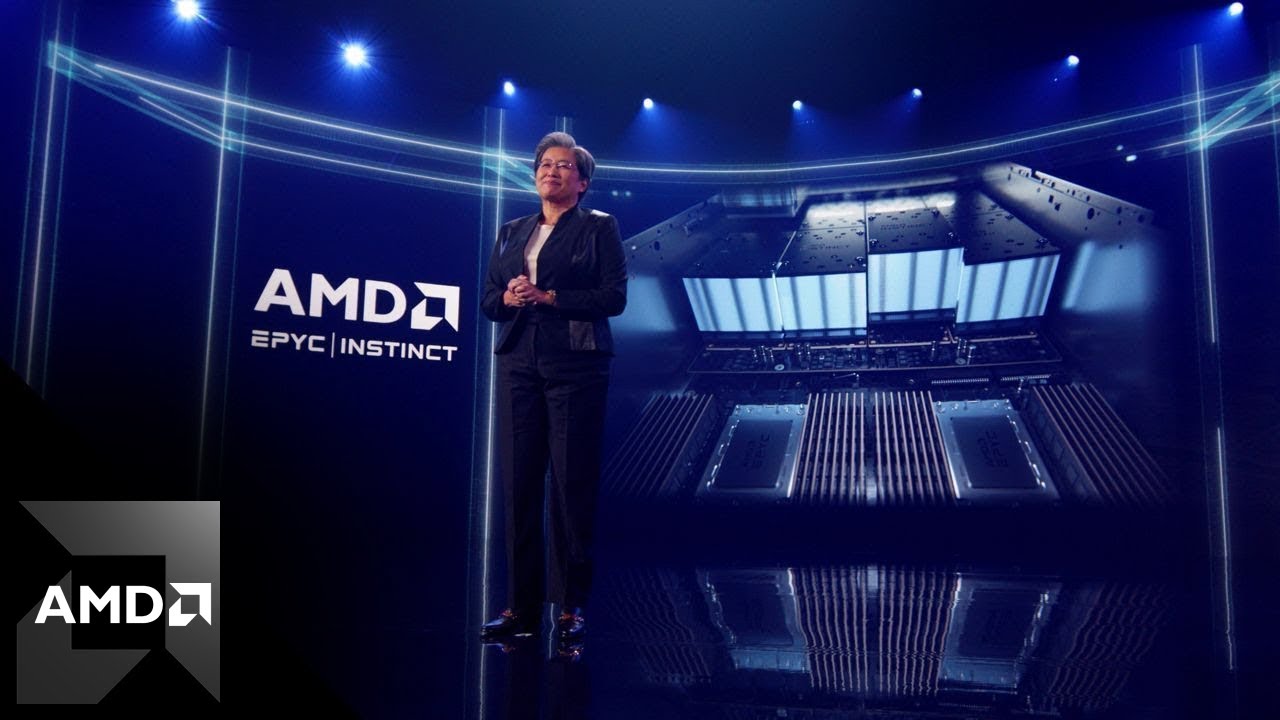- AMD has confirmed intentions to move from a hardware-centric approach to prioritizing software, APIs, and AI experiences.
- The company is tripling its software engineering resources and reorganizing internal roles to support software teams.
- The aim is to focus on expanding AI PCs and AI GPUs with the Ryzen AI 300 series and MI300X accelerator.
Recently, AMD’s executive vice president shared the vision for the company’s future and outlined its plans. The company is shifting its focus from mostly making hardware to putting more emphasis on software, APIs, and AI experiences, essentially becoming a software company.
This strategic shift aims to align AMD with today’s technology landscape, where software plays an increasingly central role in computing ecosystems.
Why it matters: Nvidia used the same approach to climb the ranks of the tech industry through the widespread adoption of CUDA and AI. This dominance was proved when it became the world’s most valuable company, if only for a while.

AMD is undertaking a major shift by tripling its software engineering resources and focusing heavily on software development. This transformation includes expanding its workforce and reorganizing internal roles to better support software teams.
The company is changing how it designs processors. Rather than focusing first on silicon and later on software development kits (SDKs) and toolchains, it is now beginning by engaging early with Independent Software Vendors (ISVs) to better grasp developer requirements right from the start.
The goal is to establish a unified architecture across its CPU and RDNA technologies, simplifying software development and improving compatibility. The plan resembles Intel’s OneAPI initiative, which aims to streamline the utilization of various computing solutions, such as CPUs, GPUs, and FPGAs.
By taking these steps, AMD aims to provide cohesive solutions that deliver optimal performance and efficiency. The company is starting off by expanding its market presence in AI PCs and AI GPUs.
The Ryzen AI 300 series “Strix Point” mobile processors are set to spearhead this push into the AI PC market, with significant launches anticipated soon.

Meanwhile, in the data center sector, AMD’s MI300X accelerator is already gaining traction, and the company intends to develop its software ecosystem further to attract substantial orders from AI cloud-computing providers.
Historically, AMD has focused on hardware development while creating software to complement its products. This resulted in notable achievements like high-performance CPUs and GPUs.
However, despite dominating the CPU market, AMD has faced challenges in gaining substantial market share.
Meanwhile, Nvidia functions primarily as a software company that designs hardware to complement its software strengths. This strategy has positioned it ahead of competitors, especially in fostering developer relationships and building a large user base.
Thank you! Please share your positive feedback. 🔋
How could we improve this post? Please Help us. 😔
Passionate gamer and content creator with vast knowledge of video games, and I enjoy writing content about them. My creativity and ability to think outside the box allow me to approach gaming uniquely. With my dedication to gaming and content creation, I’m constantly exploring new ways to share my passion with others.


 Threads
Threads

